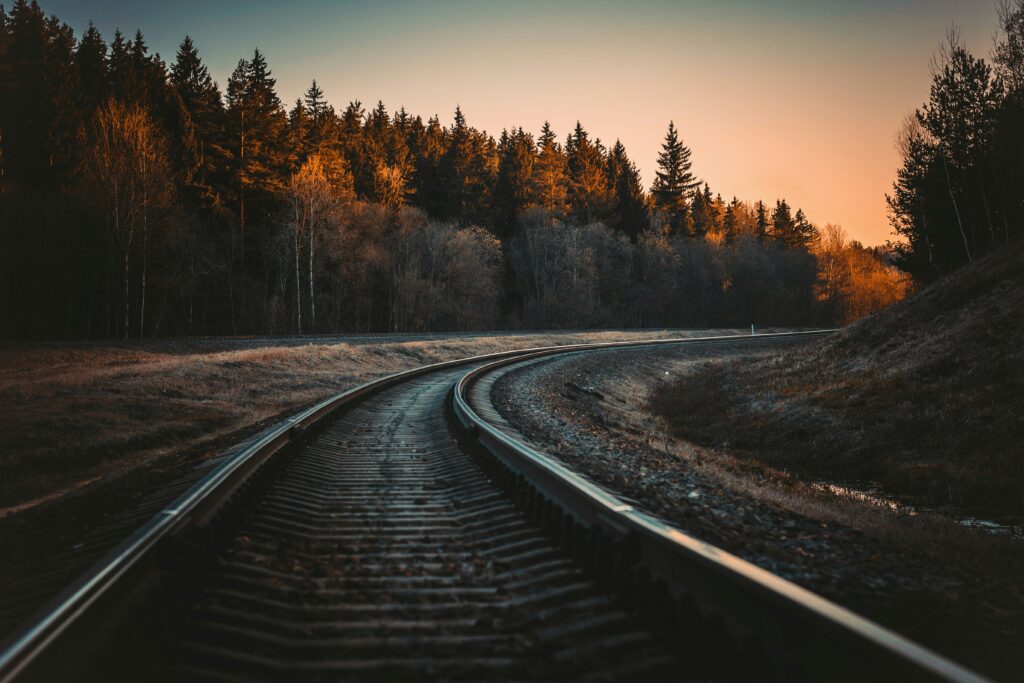
Last week, the Swedish Transport Research Conference 2025 (STRC2025) took place at Linköping University, Campus Norrköping. This annual event gathers researchers from across Sweden who study transport systems in national or local contexts. The conference offers a platform for interdisciplinary exchange, covering all modes of transport and topics ranging from technology and design to planning, policy, and human factors. It is a very nice meeting point where engineering meets social science, and where both established and early-career researchers contribute. The conference was an inspiring and enjoyable event with many interesting presentations showcasing ongoing research within the Swedish transport community.
At this year’s conference, I presented my contribution titled “Train Driving as Embodied Practice: An Ethnographic Approach.” The paper addresses a critical question in today’s rapidly evolving railway sector: what remains uniquely human in the increasingly automated landscape of train operations? With the growing interest in automation and driver-assisting technologies, understanding the human contribution to train driving becomes essential not only for safety and efficiency but also for preserving forms of knowledge that machines cannot easily replicate.
The study builds on 2.5 years of ethnographic fieldwork in the system for Swedish railway operations, involving participatory observations and contextual interviews with experienced train drivers. Rather than focusing on formal procedures, the research explores the situated and embodied aspects of the train driver’s work, i.e., the tacit, sensory, and bodily knowledge that shapes everyday decisions and reactions on the rails.
The findings illustrate that train driving is far from a purely cognitive or rule-based activity. Drivers are constantly attuned to the train and its environment through a subtle interplay of sound, vibration, and movement. For example, one driver could identify a braking issue simply by hearing a faint difference in rhythm that to an observer sounded like ordinary background noise. Others described how they could “feel” when the tracks were slippery, a sensation difficult to verbalize yet instantly recognisable to those with years of experience. This sensitivity, developed through practice, enables drivers to detect irregularities and respond proactively, often before technical systems register any issue.
From a theoretical perspective, the study draws on frameworks of situated, distributed, and embodied cognition. It shows that knowledge in train driving is not confined to the mind but distributed across the body, the locomotive, and the physical railway environment. The train becomes an extension of the driver’s body, and operating it involves a form of bodily reasoning that combines sensory awareness with technical expertise, which challenges the assumption that human knowledge can be fully codified or automated.
By making these embodied practices visible, the research contributes to ongoing discussions about automation and human–machine collaboration. While automation offers many benefits, it also risks overlooking the non-verbal, experiential, and embodied dimensions of skilled work. Understanding these dimensions is crucial for designing systems that complement rather than replace human capabilities.
STRC2025 was an engaging event and I appreciated the opportunity to present my work and to exchange perspectives with researchers from a wide range of disciplines.










